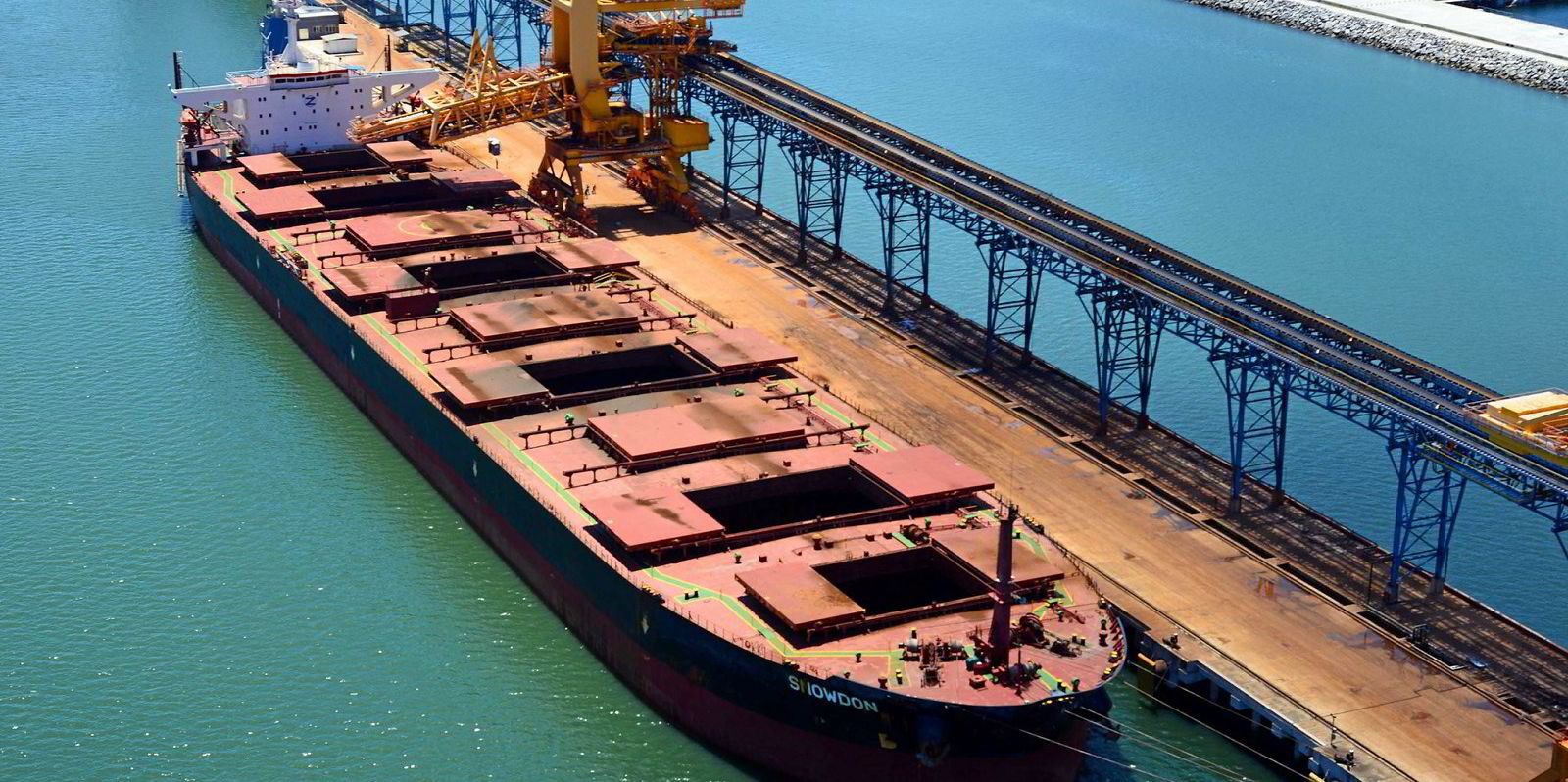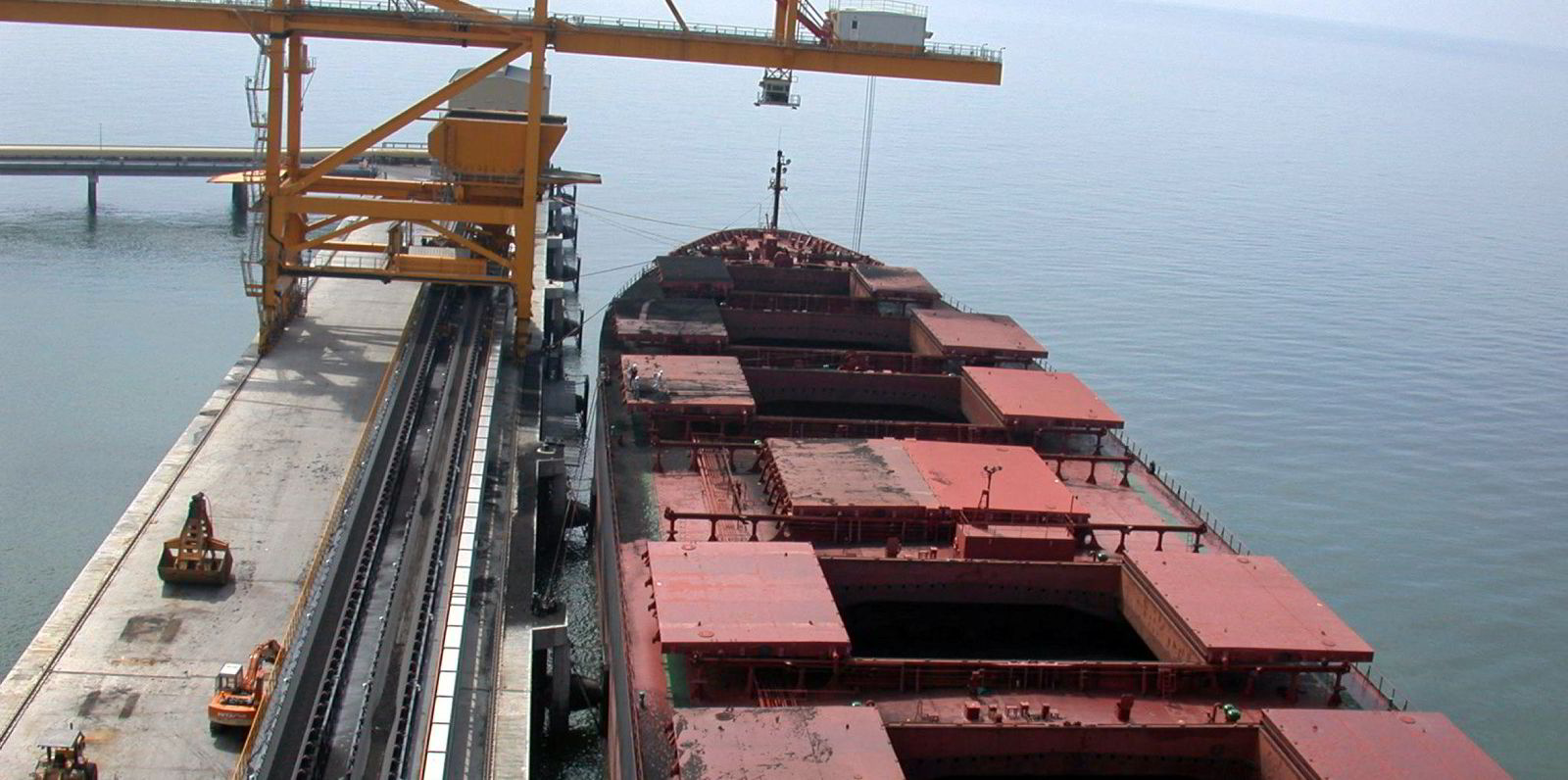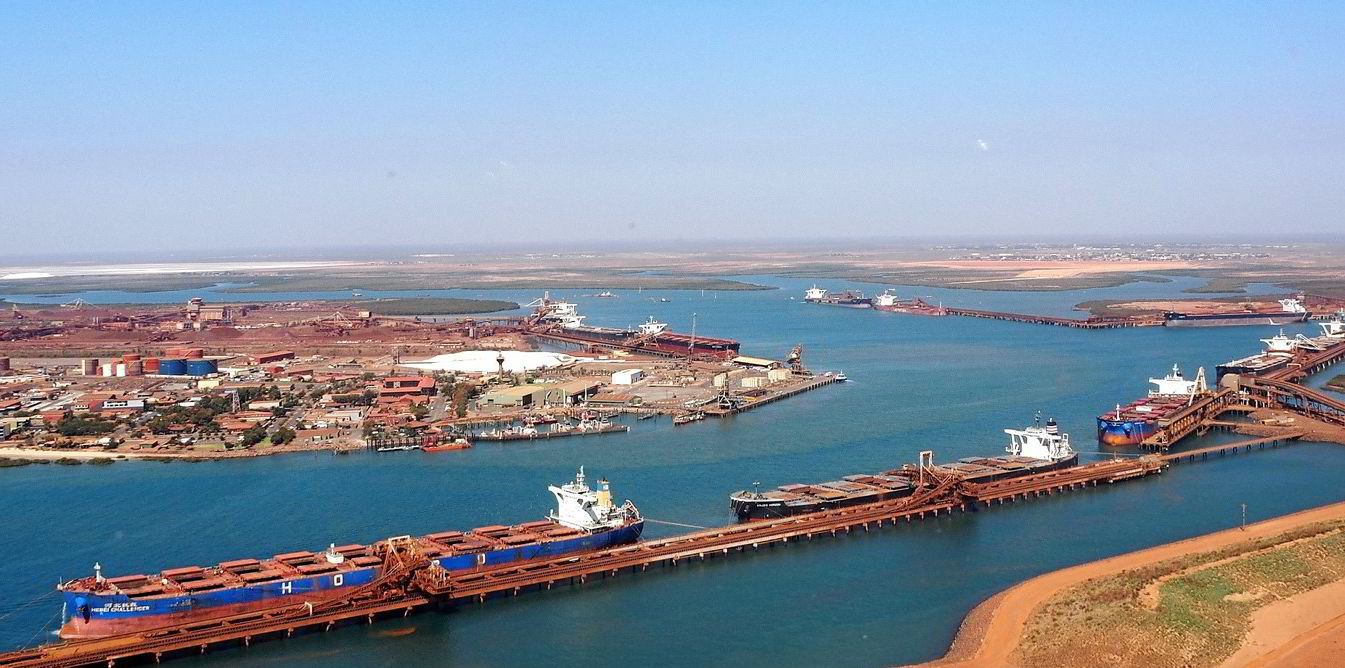The capesize bulker market fell on Monday despite significant gains in iron-ore prices as China reportedly got a grip on Covid and plans to lift stringent lockdowns.
Removing the restrictions from Beijing has led the steel-making commodity’s price to jump to $144 per tonne in three days as of Friday after staying under $134 per tonne for most of May, according to the New York Mercantile Exchange.
Beijing authorities plan to resume public transportation and dine-in restaurant services and allow workers to return to their offices after achieving zero new Covid cases in most districts, Bloomberg has reported.
Capesize rates fell nonetheless on Monday as a result of holidays last week and Posidonia 2022 taking place in Athens this week.
“The capesize market was quiet as expected,” Baltic Exchange analysts wrote on Monday after the index closed on Thursday and Friday to honour Queen Elizabeth’s 70th Jubilee.
The capesize 5TC, a spot-rate average of five key routes, declined 5.8% since Wednesday to $22,866 per day on Monday.
Fortescue Metals Group (FMG) on Monday fixed an unnamed capesize to carry 160,000 tonnes of ore from Port Hedland, Australia to Qingdao, China at $12.93 per tonne.
Loading is set to take place on 19 and 20 June.
On Thursday, FMG hired an unnamed capesize to ship the same amount of ore on the same route at $13.50 per tonne.
That vessel is scheduled to take on ore from 13 to 15 June.
VesselsValue noted that Shanghai is also lifting Covid restrictions.
“As shops reopened on Wednesday and people returned to offices, parks and markets, there are many encouraging signs of normalisation,” it wrote in a report on Monday.
The online vessel-valuation platform said the city’s factory activity shrank less sharply in May than in April, but the decline was still the second sharpest monthly slump since the pandemic began in February 2020.
It maintained this positive outlook despite also pointing out that port congestion, which raises spot rates by lowering supply, has diminished markedly.
“Congestion for bulkers is now low for the time of year,” it said.
“Having peaked at 75 hours in late April, average waiting times are now 21 hours, which is level with the lowest average waiting times recorded for this time of year over the last three years.”






